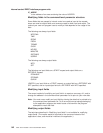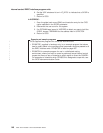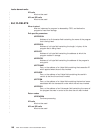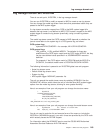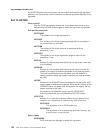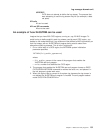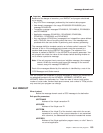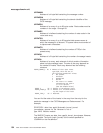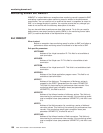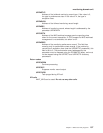An XLGSTRM global user exit program can set explicit attributes for the log stream
definition, and can also set a return code that causes the log stream definition to be
bypassed.
Exit XLGSTRM
When invoked
After the CICS log manager detects that a log stream does not exist and
before calling the MVS system logger to define the log stream dynamically.
Exit-specific parameters
UEPTRANID
The address of the 4-byte transaction id.
UEPUSER
The address of the 8-byte userid associated with the transaction if
the current task is a user task.
UEPTERM
The address of the 4-byte terminal id associated with the
transaction, if any.
UEPPROG
The address of the 8-byte application program name for this
transaction, if any.
UEPLSN
Address of a 26-character field specifying the log stream name that
is to be defined.
UEPMLSN
Address of a 26-character field specifying the name of model log
stream to be used to provide the attributes for the new log stream.
This field is modifiable to allow the global user exit program to
specify a different model log stream name from the one generated
by CICS.
UEPIXG
Address of the IXGINVNT macro parameter list for use by the MVS
system logger to define the log stream. Using the MF=M form of the
IXGINVNT macro, the global user exit program can specify the log
stream attributes to be used.
For details of the IXGINVNT macro, see the
OS/390 MVS
Authorized Assembler Services Reference ALE-DYN
manual.
UEPLGTYP
Address of a 1-byte field indicating whether the log stream being
created is for a system log or a general log. Valid values are:
UEPSYSLG
The log stream is for a CICS system log.
UEPGENLG
The log stream is for a general log (a forward recovery log,
a user journal, or auto-journal).
Return codes
UERCNORM
CICS continues and attempts to define the log stream.
log manager domain exit
150
CICS TS for OS/390: CICS Customization Guide



